"By Joanna Prukop Guest Column
Article Launched: 09/17/2008 12:00:00 AM MDT
A story published on Sept. 14 on the decline of drilling permits on BLM land, and an editorial published Aug. 12 warning of a possible slowdown in natural gas production in the San Juan Basin were both inaccurate, misleading, and a disservice to Farmington Daily Times readers. In these cases the paper has erred by omission, leaving out relevant and important facts that would have provided much needed balance and context.
Evidence presented at a recent hearing held by the Oil Conservation Commission, or OCC, clearly and definitively demonstrated that a significant number of serious groundwater contamination cases have resulted from the use of pits by the oil and gas industry. The hearing, at which the Independent Petroleum Association of New Mexico, or IPANM, was an active participant, is a matter of public record.
The story and the editorial fail to mention that in 2006, the Oil Conservation Division, or OCD, documented nearly 300 confirmed cases where pit substances contaminated ground water. In each case the contamination was self-reported by the operators. This key information was provided to the Farmington Daily Times on more than one occasion, yet to date, the Times has not reported it. Today, OCD records show more than 421 such cases of pit-related contamination. Such an increase in a relatively short period of time is a clear sign that the state has a problem with oil field waste pits currently in use, and from many other pits poorly closed in the past. The industry was also fully engaged in the creation of the new Pit Rule. In fact Bob Gallagher, president of the New Mexico Oil and Gas Association, had stated that while the new regulations were tough, the industry could live with them. Furthermore, testimony during the OCC hearing clearly showed that any increased costs to industry that might result from the new Pit Rule are not unreasonable. Now, for some reason IPANM is using incorrectly inflated figures to generate opposition to the new regulations. The organization and the newspaper also fail to mention the testimony at the hearing that showed the new rules might actually result in cost savings. The story and the editorial insinuate that the new Pit Rule is the reason for a projected drop in drilling permits. But, they fail to mention that the Bureau of Land Management recently began charging $4,000 to process each new oil and gas drilling permit application — a fee that was not assessed last year. The new fee is required under an appropriations bill approved by Congress and signed into law by President Bush on Dec. 26, 2007. Now, companies must be serious about drilling before they spend $4,000 per application. The editorial quotes Mr. Gallagher as saying, "rig counts throughout the state have dropped significantly since the pit rules implementation." However, in the Albuquerque Journal, on Aug. 10 "Gallagher acknowledges that a shortage of drilling rigs could slow new development. There are about 1,900 rigs in use today, compared with about 4,000 in 1980." The editorialist failed to mention rig counts fluctuate weekly, and this week the rig count is 90, 15 rigs more than the 75 one year ago. The editorial states that more public outreach is needed on the Pit Rule, but fails to mention the outreach already conducted. The New Mexico Oil Conservation Division conducted a Pit Rule Training in Artesia on June 25 and met with 125 industry representatives. Training was held on June 27 in Farmington where OCD met with 225 people. At the request of the Director of Governmental Affairs for the IPANM — who offered to pay for the meeting expenses but then withdrew her offer — the New Mexico Oil Conservation Division conducted another Pit Rule Training in Hobbs on July 23, attended by 150 people. The Oil Conservation Division has and will continue to offer training to anyone who asks. The new Pit Rule was created with the input of industry, the environmental community and many other stakeholders in a completely public process. It is designed to protect the state of New Mexico and its citizens from any future ground water or other environmental contamination from oil field waste pits, and also to protect the operators from the potentially crippling liability of major environmental impacts. It is the right thing to do. The Energy, Minerals, and Natural Resources Department recognizes the critical role the oil and gas industry plays in New Mexico and works hard to balance the requirements of industry with the need and the mandate to protect and preserve our natural resources. The citizens of this great state are better served when they get all of the facts and context of complex issues instead of incomplete analysis and an apparent pro-industry bias. Cabinet Secretary Joanna Prukop is with the New Mexico Energy, Minerals and Natural Resources Department."

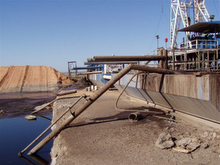



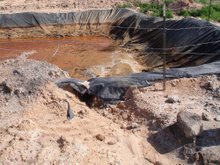

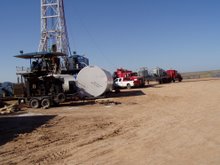
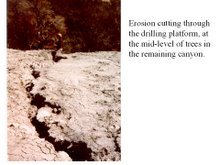
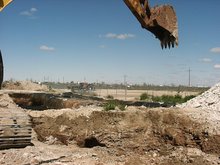
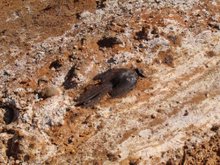
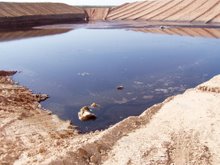
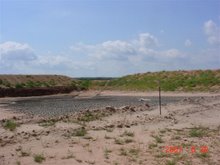
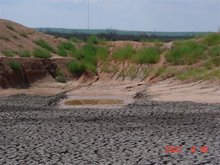
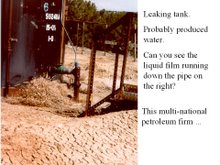
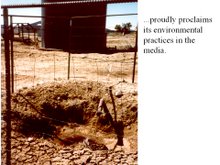
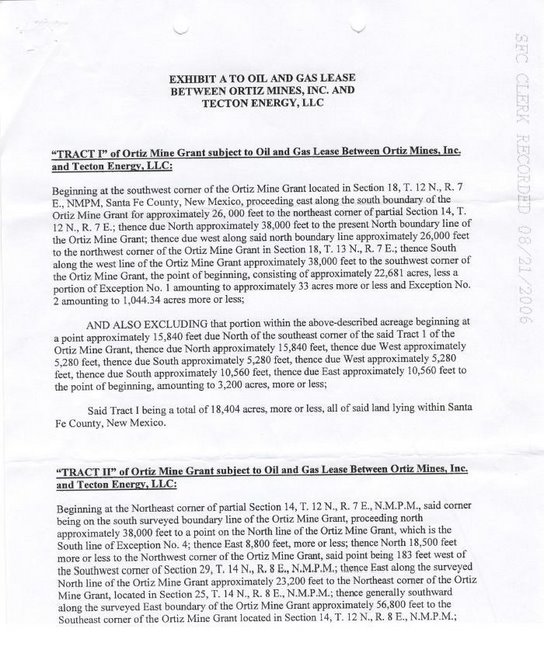
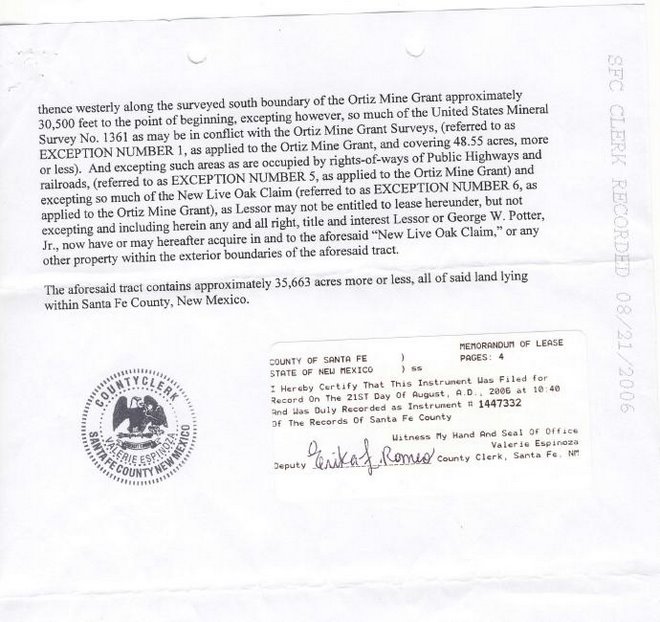
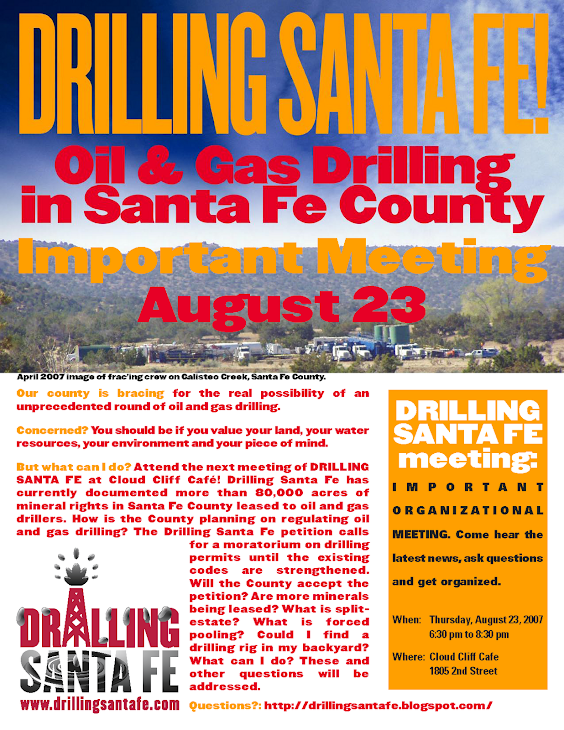

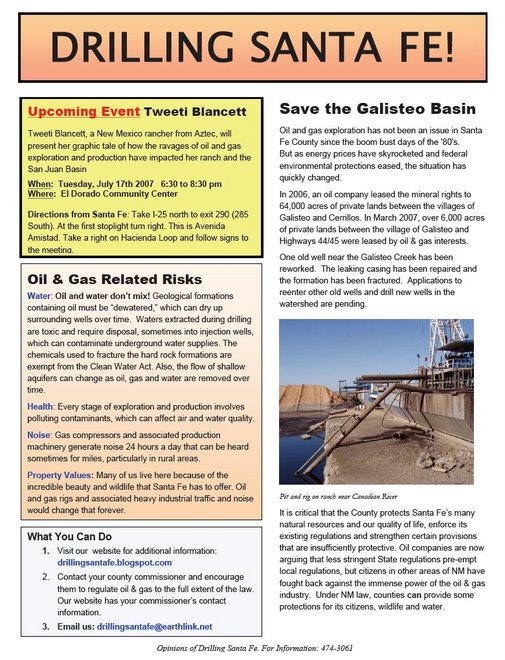

No comments:
Post a Comment